Alzheimer's disease risk gene CD33 inhibits microglial uptake of amyloid beta
- PMID: 23623698
- PMCID: PMC3706457
- DOI: 10.1016/j.neuron.2013.04.014
Alzheimer's disease risk gene CD33 inhibits microglial uptake of amyloid beta
Abstract
The transmembrane protein CD33 is a sialic acid-binding immunoglobulin-like lectin that regulates innate immunity but has no known functions in the brain. We have previously shown that the CD33 gene is a risk factor for Alzheimer's disease (AD). Here, we observed increased expression of CD33 in microglial cells in AD brain. The minor allele of the CD33 SNP rs3865444, which confers protection against AD, was associated with reductions in both CD33 expression and insoluble amyloid beta 42 (Aβ42) levels in AD brain. Furthermore, the numbers of CD33-immunoreactive microglia were positively correlated with insoluble Aβ42 levels and plaque burden in AD brain. CD33 inhibited uptake and clearance of Aβ42 in microglial cell cultures. Finally, brain levels of insoluble Aβ42 as well as amyloid plaque burden were markedly reduced in APP(Swe)/PS1(ΔE9)/CD33(-/-) mice. Therefore, CD33 inactivation mitigates Aβ pathology and CD33 inhibition could represent a novel therapy for AD.
Copyright © 2013 Elsevier Inc. All rights reserved.
Figures
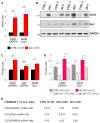
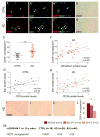
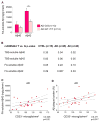

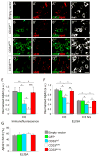
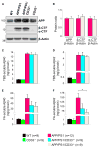
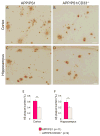
Comment in
-
Microglia as dynamic and essential components of the amyloid hypothesis.Neuron. 2013 May 22;78(4):575-7. doi: 10.1016/j.neuron.2013.05.007. Neuron. 2013. PMID: 23719156 Free PMC article.
References
-
- Bertram L, Lill CM, Tanzi RE. The genetics of Alzheimer disease: back to the future. Neuron. 2010;68:270–281. - PubMed
Publication types
MeSH terms
Substances
Grants and funding
LinkOut - more resources
Full Text Sources
Other Literature Sources
Medical
Molecular Biology Databases

